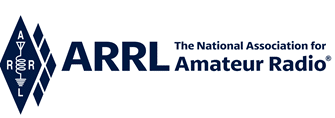 ARRL Section Manager, Connecticut
ARRL Section Manager, Connecticut
September 3, 2025
CONTENTS
– Public Service and Youth Radio Activities for YOU!
– Hurricanes
– ARES – When All Else Fails
– Section Manager Cabinet Openings.
– New England Division “Ham of The Year”
Public Service and Youth Radio Activities for YOU! Book these Dates to come out to Play Radio and support your community.
September
9/16/25 – Region 1: Mass Casualty Communications Drill (A full Tuesday Event) Details at: https://ct-ares.groups.io/g/Announce/topic/r1_mass_casualty_drill/114876871
October
10/18/25 – Scouting’s worldwide Jamboree On The Air (JOTA) (A full Saturday Event) Working on confirming sites at: Ashford, New Hartford, Goshen, Redding, Greenwich (Need “Teams of 6” at each confirmed site)
General JOTA Info rmation at: https://www.arrl.org/jamboree-on-the-air-jota
Volunteer Sign-Up @: https://tinyurl.com/4zj3tyfe
10/25/25 – ARRL Simulated Emergency Test (SET) (a Saturday Morning Event) Details to follow: https://ct-ares.groups.io/g/Announce/topics
Hurricanes
Connecticut’s Hurricane Season 2025 is HERE! ARE YOU PREPARED? JOIN CT ARES www.ctares.org
ARES® – When All Else Fails®
Amateur radio operators use their ARES® training, skills, and equipment to provide communications during emergencies When All Else Fails®.
• Hams serve our communities when storms or other disasters damage critical communication infrastructure, including cell towers, and wired and wireless networks.
• Amateur radio can function completely independently of the internet and phone systems.
• An amateur radio station can be set up almost anywhere in minutes. Hams can quickly raise a wire antenna in a tree or on a mast, connect it to a radio and power source, and communicate effectively with others.
To learn more about ARES check out: https://www.arrl.org/files/file/ARES%20Fact%20Sheet_Final.pdf
To learn more about our local Connecticut ARES go to: https://ctares.org/
CT ARES needs YOU!
The ARES organization has 4 types of Emergency Coordinators (EC):
– the local EC for a town/municipality/group of towns
– the local Assistant EC
– the District Emergency Coordinator (DEC), one for each of 5 Regions
– the Assistant DEC, one or more for each of 5 DECs
Building CT ARES
I am pleased to announce that we have FOUR new ARES Emergency Coordinators (ECs) in CT ARES. Please congratulate and support these fine people.
REGION 1
Jeff Bustraan – KC1RQH: EC – Bridgeport
Conrad Trautmann – N2YCH: EC – Trumbull
Adam Hosa – N1AH: EC – Stratford
RE GION 5
John Ahle – W1JMA: EC – Ridgefield
More Positions to Fill
We have 169 towns/municipalities in CT which are divided into 5 REGIONS.
Not every one of them has an EC. Additionally, we are currently short two District Emergency Coordinators (DEC): Region 2 & Region 4.
Check out if an “EC” Position is right for YOU. Link: https://www.arrl.org/emergency-coordinator
For more information about CT ARES, go to: www.ctares.org\
CT Section Manager Cabinet Openings
I still have need of 2 people to complete my CT Section Cabinet Roster.
The work is simple, and the pay is “unbelievable” (LOL!) Contact, your friendly CT Section Manger: WA1SFH@arrl.org
– Section Youth Coordinator (SYC)
Promoting Amateur Radio activities to YOUTH, and next steps.
– Affiliated Club Coordinator (ACC) – Pending
Keeping in touch with Affiliated Clubs, and encouraging other Clubs to become ARRL Affiliated Clubs
New England Division’s “Ham of the Year – 2025″
At this year’s North East HamXposition, the NE Division “Ham of the Year” Award was presented to: Dave “Tess” Tessatore, K1DT
Each of the NE Sections had their own runners up: Congratulations to David Tipping – NZ1J receiving the CT Section award.
Ham Radio is FUN!
SEE YOU ON THE AIR !
——————————————————————–
ARRL Connecticut Section
Section Manager: Douglas E Sharafanowich, WA1SFH
wa1sfh@arrl.org
——————————————————————–
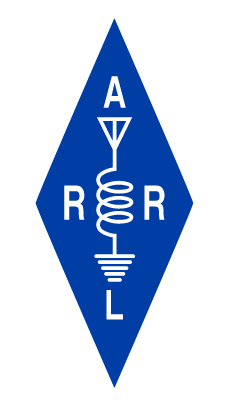
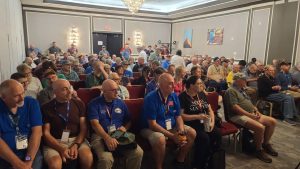
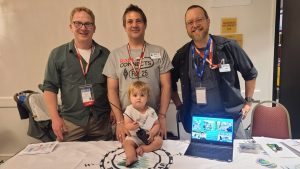

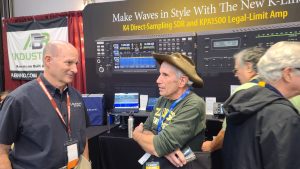


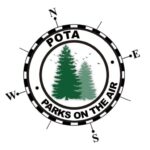 Brian Horne, N1BAM, writes on the CT-POTA mailing list:
Brian Horne, N1BAM, writes on the CT-POTA mailing list: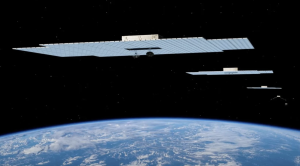 From PC Magazine:
From PC Magazine: